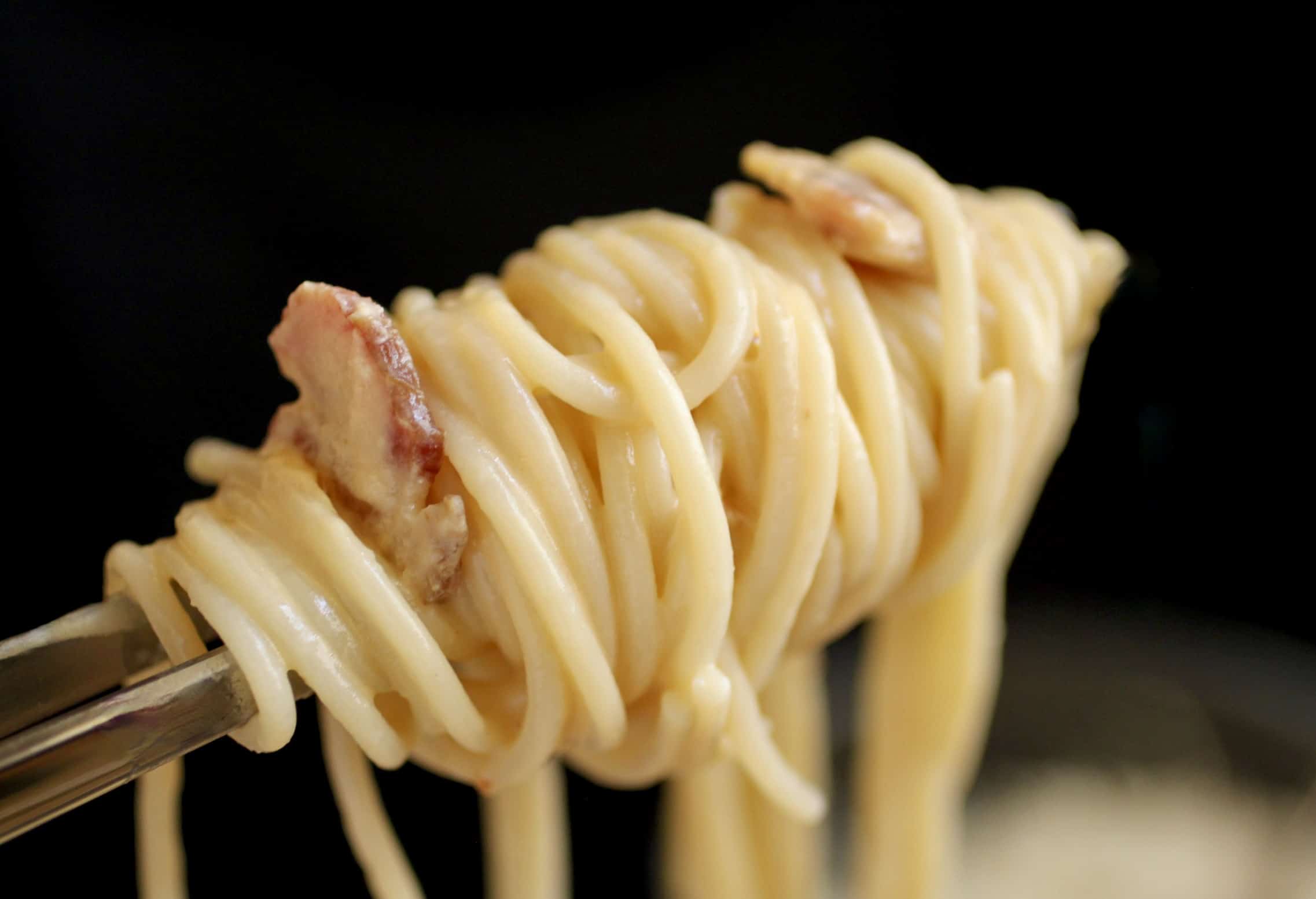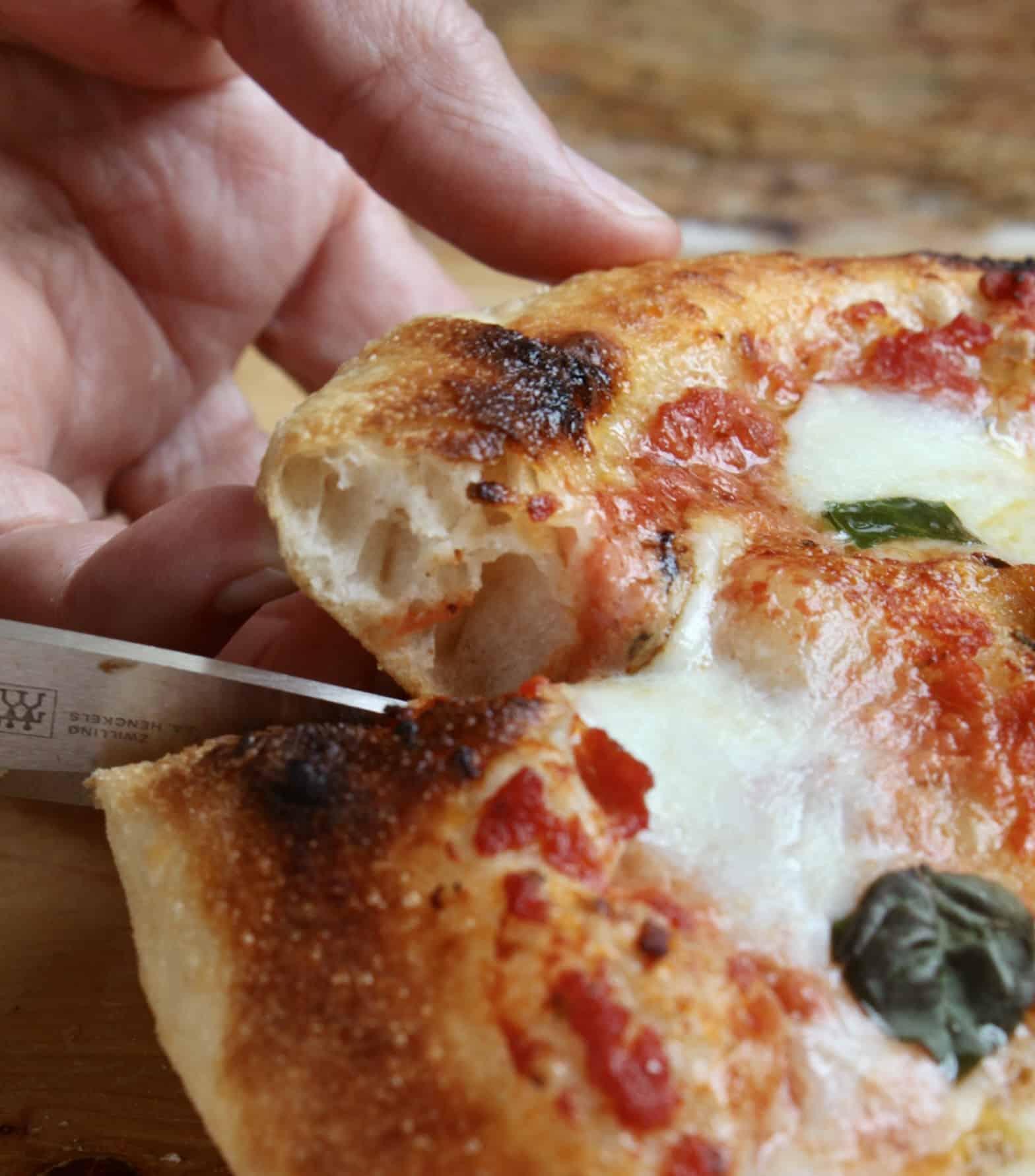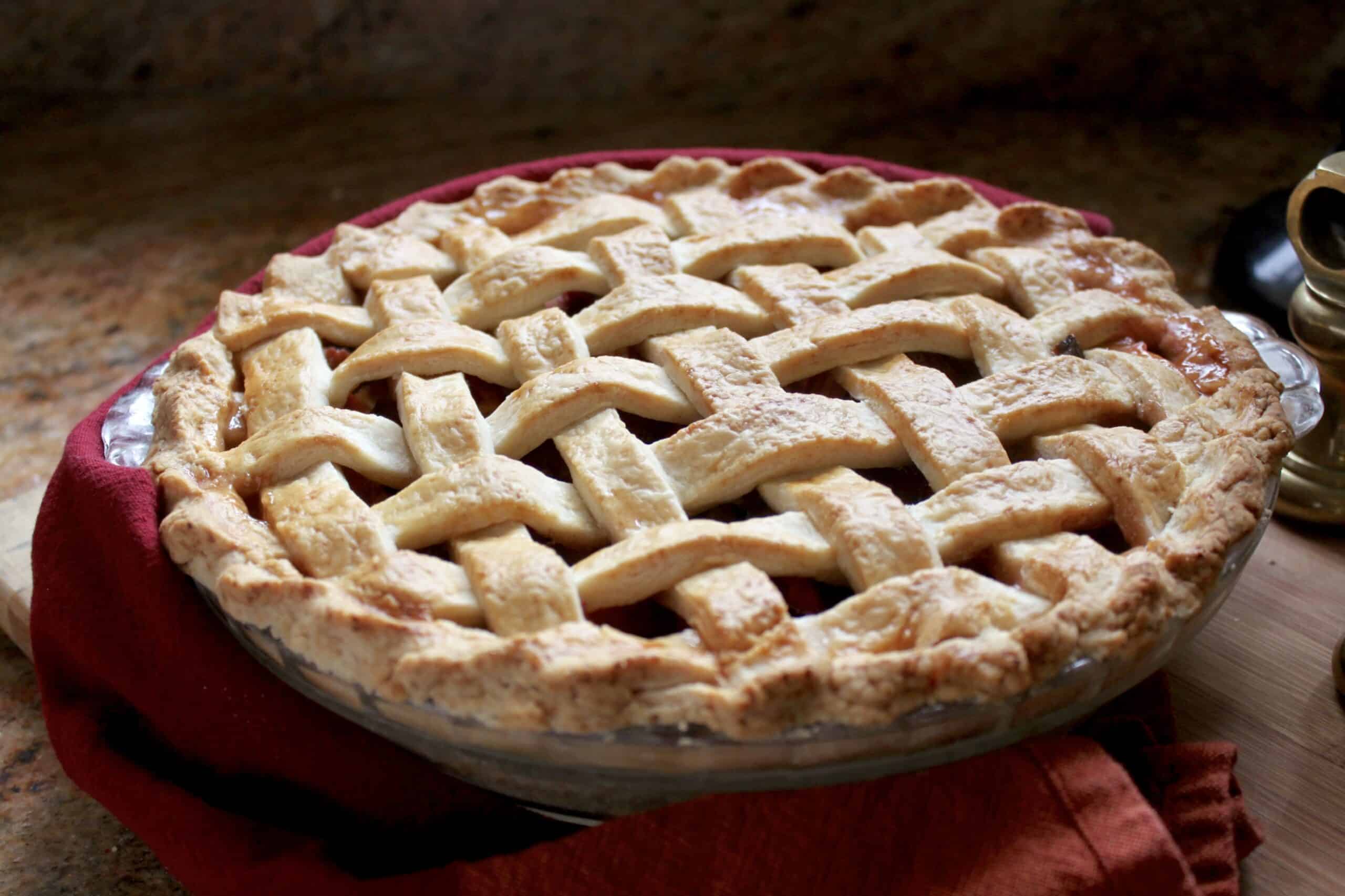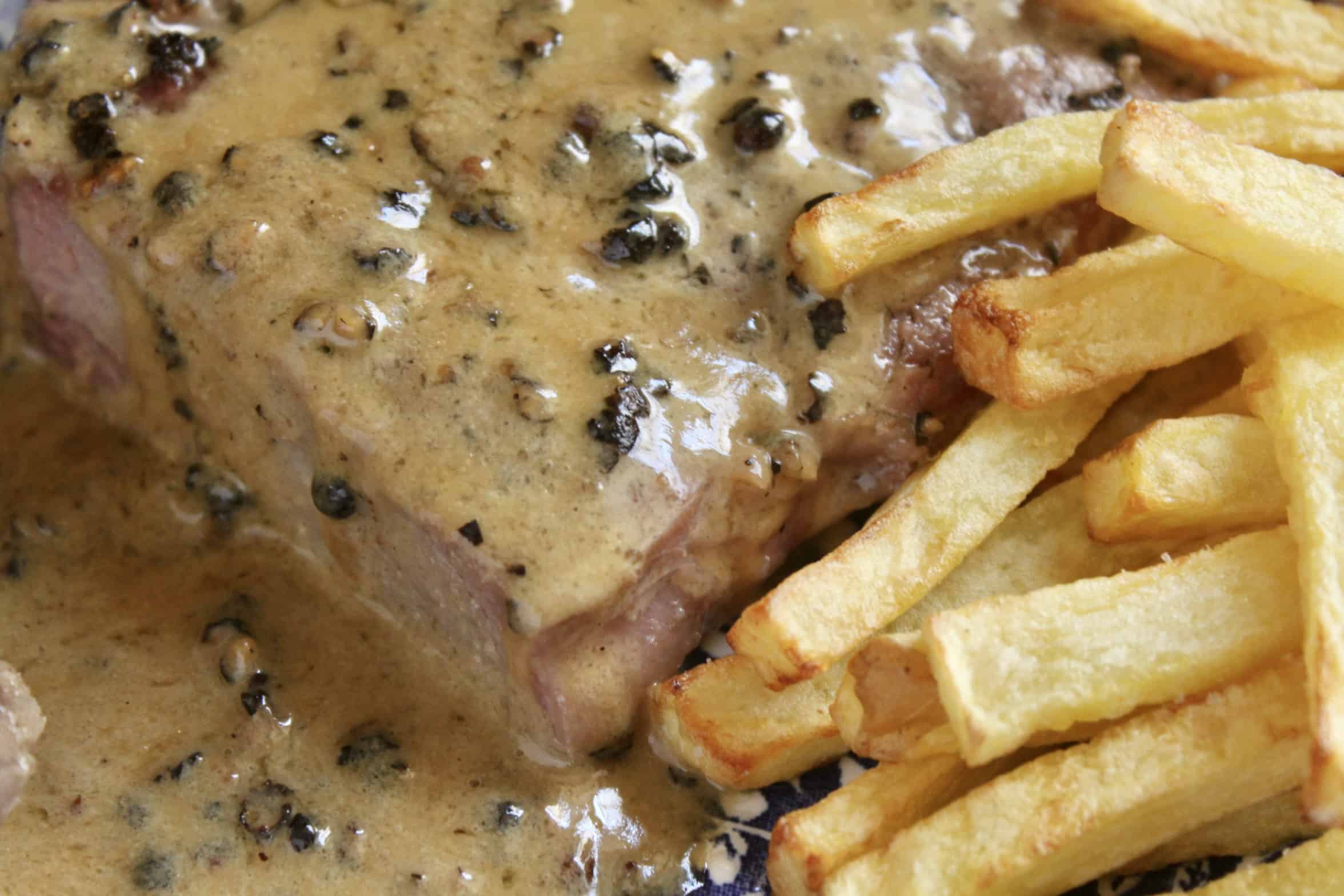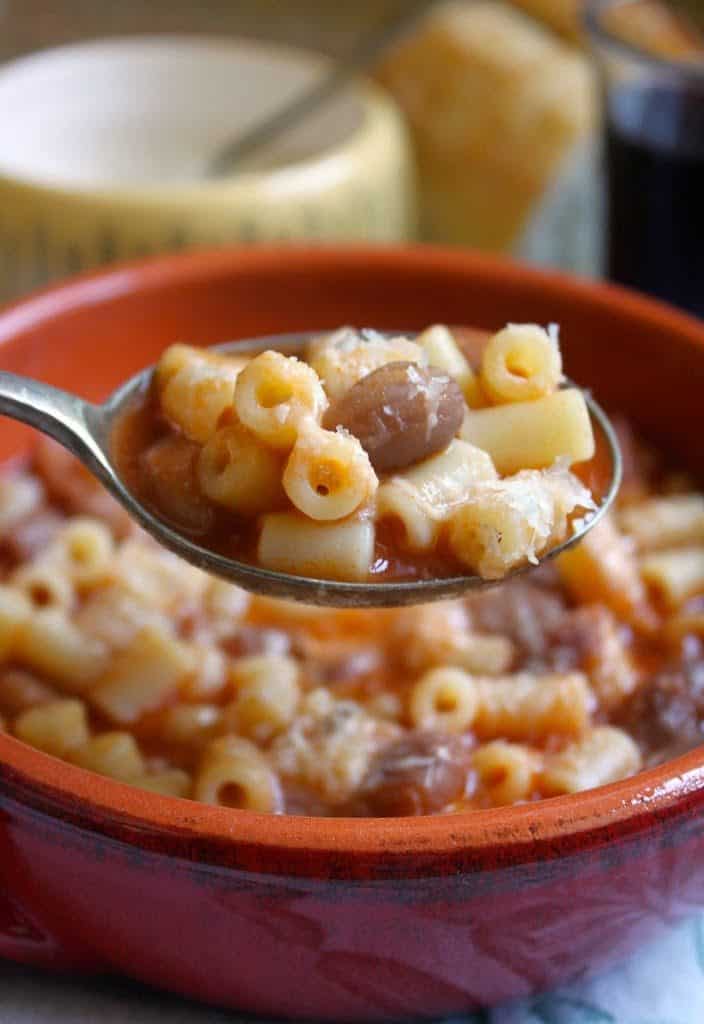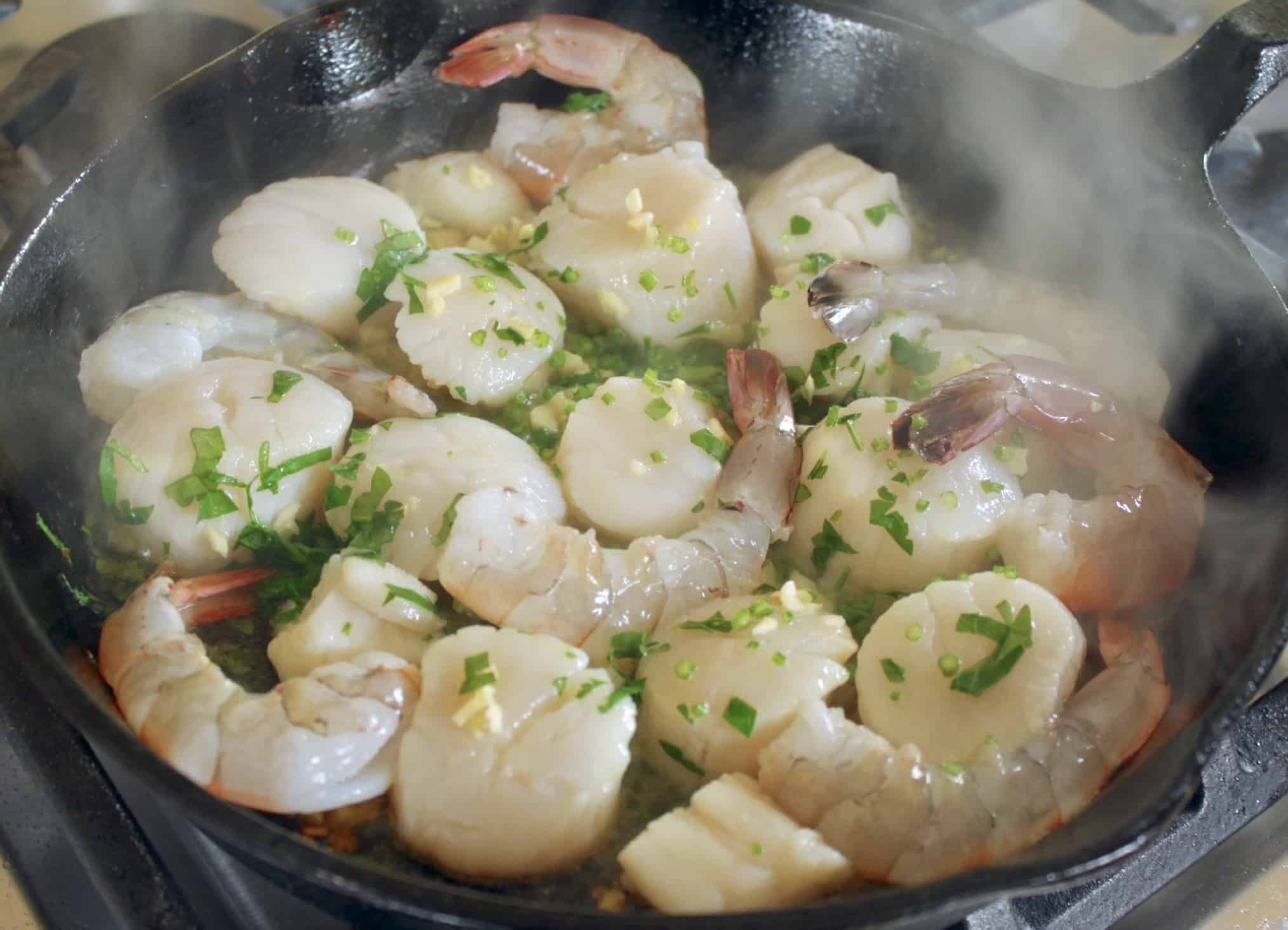If you’re not on my site for travel inspiration or advice, you may be here because you want to learn to cook, and learn some kitchen basics, and if you are–I am so happy! If you are a good and/or seasoned cook, I’m elated, because you probably like what you see, so thank you!

I love to cook and bake, and it’s always been easy for me because I started from such a young age and really enjoyed it. But that doesn’t mean I don’t understand what it’s like not to be able to do something, or to try and fail.
As an Amazon Associate I earn from qualifying purchases.
As an examply, I cannot sew to save my life. Years ago, I made a camisole top and after walking out of a courtroom and getting in a car, both straps snapped! I was so glad it didn’t happen a few minutes earlier! I know how you feel when you follow a recipe and it doesn’t turn out because this sometimes happens to me too! Here’s something you should know: there are so many untested, horribly faulty recipes out there, it just may not be your fault! If you feel like a failure when it comes to cooking, please read this article about recipes.

I have designed my site to make it possible for anyone who wants to cook, to be able to turn out beautiful meals and dishes.
Step by step, simple instructions with lots of photos will help in assuring that you will get good results.
However, there are a few rules to follow:
Fresh vegetables.
1. Quality of Ingredients is Key.
I give examples of quality ingredients, brand names, types of fruits/veg (e.g. organic Granny Smith apples) to use, so if you substitute a much inferior quality ingredient, the end result will be greatly inferior too.
Here are a few other examples: Lewis Road Creamery butter versus a generic brand, or worse yet, margarine. Canned or bottled tomatoes from Europe versus a brand like Hunt’s. Real, organic whipping cream versus non-dairy whipped topping (yikes-no comparison).
Really good quality pasta is usually made in Italy and always uses 100% durum wheat semolina. Do not buy a macaroni product which has been enriched (do your own research on this one, please.) One little change can make a huge difference in flavor and even texture; try some taste tests yourself if you don’t believe me. And we’re not even discussing how much better these products are for your health.
2. Use a Recipe from a Source that you Trust!
This is just as important as the quality of ingredients, so I cannot emphasize it enough. I won’t say much about this here because I wrote all about why this is important in this post.
3. Stick to the Recipe the First Time.
If there’s a huge pet peeve I have, it is when I read a recipe review on recipe sites, including my own, giving a one star review (1 on a scale from 1 to 5) stating something like:
“Made this recipe exactly as written, but substituted non-fat milk for the cream, used rice instead of pasta, added some basil, omitted the salt and it was TERRIBLE!” I honestly do receive reviews like this.
Try the recipe just as written the very first time you make it. Whether it’s from my blog, or another reputable blog, trustworthy website, or a cookbook from an author you can rely on, just make it as written. If you check out this custard creams recipe, you’ll note that I didn’t use margarine from this old recipe, but butter–some substitutions are “no brainers” unless you have allergies, etc.
If it’s a reputable site, these recipes have been tried and tested. At least I can assure you all of mine have been made in my kitchen, many of them numerous times. If you feel that it was too sweet or salty, or you didn’t like a non-critical ingredient, then make the changes the next time (naturally if there is an allergen in the recipe, you’d omit that the first time.)
4. Read the Entire Recipe all the Way Through before Starting.
I’ve been guilty of this one! There’s nothing worse than starting to make something, then realizing you a.) don’t have an ingredient which is necessary or b.) you’ve jumped the gun and have done something you shouldn’t have because you didn’t read the entire recipe first. Just take two minutes and read through the whole thing first. It can save a lot of time, trouble and ingredients later.
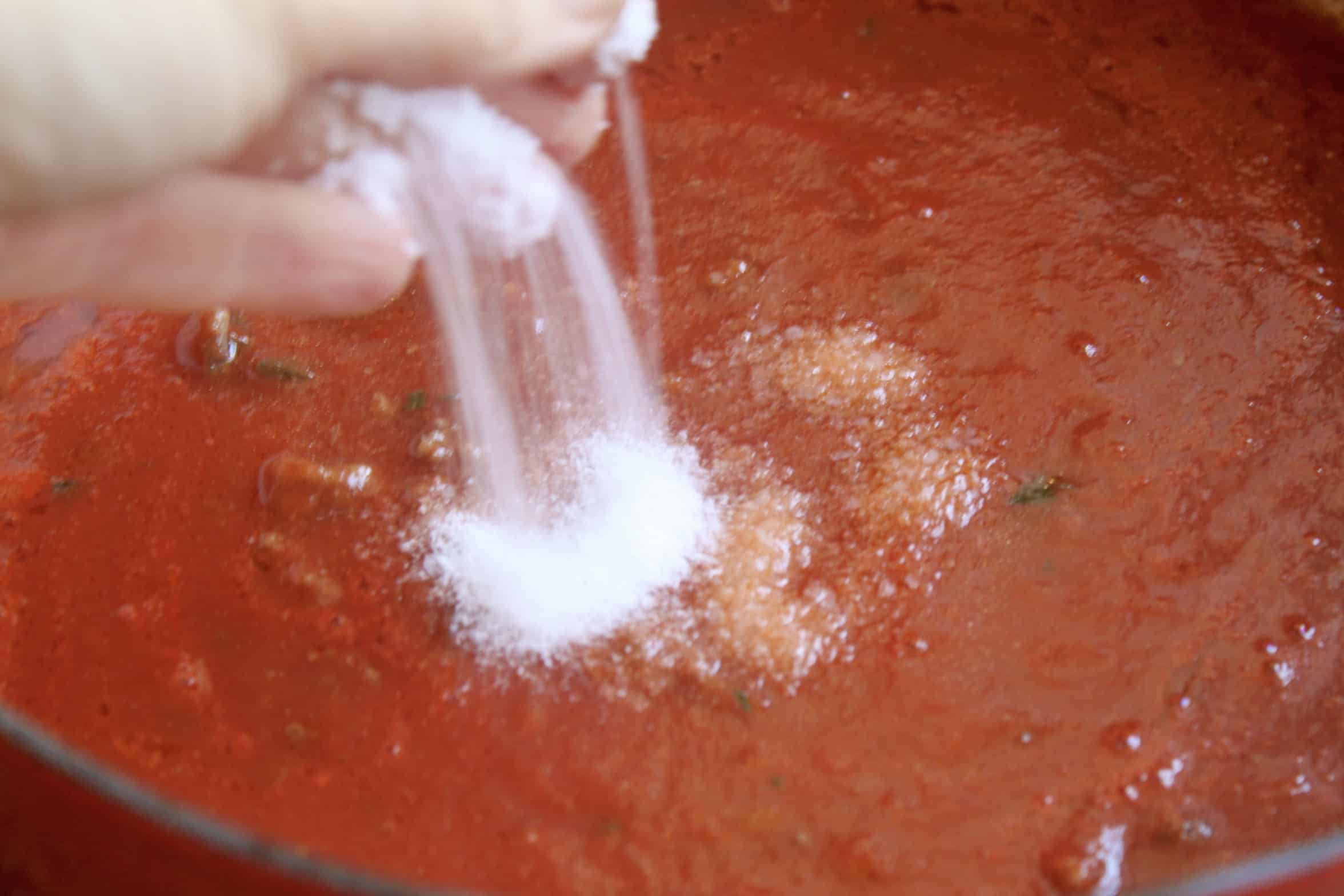
5. Don’t forget the Salt!
I have found that many people think they aren’t good cooks partly because they don’t use enough salt. This is probably the foundation of kitchen basics in my book. Salt adds flavor, but unfortunately it gets a bad rap. This article about salt explains it all. When you are using salt in home cooking, you should realize that even if you oversalt your food, you are probably still only using a percentage of what you would be eating in processed or restaurant food. Have you seen some sodium contents on soup cans?
– Here are some salt tips:
1. Buy some quality salt. For example, I use Diamond Crystal Kosher salt for most of my cooking, salting water for pasta, soups, salads, Koshering meats, etc. Diamond Crystal Kosher salt is “less salty” than regular table salt, so it will take some time to get used to how much to use. Then I use Maldon Sea Salt, or REAL SALT (brand) for use in uncooked dishes. I have one salt shaker for table use that is filled with iodized salt (but a good quality brand, not Morton.) As an added bonus, REAL SALT contains necessary minerals that other salts do not provide.

You wouldn’t think it’s true, but all salt tastes differently. Do your own taste tests and see which one you prefer. Americans don’t put salt on their salad because the dressings are salty, but if you use plain oil and vinegar, you need salt, or your salad will taste “flat.”
2. Use enough salt. Unless you have a medical reason not to use salt, especially if you start doing more home-cooking and eating less processed food and restaurant food, there’s no reason to leave your food tasteless. If you are unsure how much to add, just add a little at a time, tasting for the right flavor. This is a skill which is acquired, so just keep at it and you’ll learn, just like anything else.

6. Don’t be Frugal at the Grocery Store.
Most people I know eat out…a lot. Even if it’s fast food, it’s not cheap nowadays, and on top of the expensive restaurant bill, there’s tax and a tip, but somehow they justify paying whatever the bill is. Yet, I’ve had those same people tell me they won’t buy a certain item at the grocery store because it’s too expensive. For example, Maldon sea salt is a relatively expensive salt, but it will change the way your food tastes, and isn’t some over processed, bleached, chemical added product. This is one of my top kitchen basics.
From when we were first married until our children left university, I always had to watch our budget. However, when it came to groceries, I would rather do without an item, rather than use an inferior or poor quality ingredient. Of course, this does not mean to say that if I can’t afford the organic filet mignon, we’re not eating meat.
Please do not misinterpret this to mean that I think you should splurge on the most expensive items when food shopping; that is not what I am saying at all. I just want people to think about not trying to save a few cents (pence) or a dollar (pound) here and there on their food budget for poor quality items, but to consider skipping that extra drink at the restaurant or a meal at McDonald’s instead.
Pasta e Fagioli Recipe
7. Have Some Basic Kitchen Equipment and Tools.
This doesn’t mean you need to have every gadget for the kitchen, but you do need some kitchen basics. Such as:
- a small set of pots and pans (doesn’t have to be All-Clad, but I look for pots not made in China) and at least one non stick frying pan or cast iron pan (great value.)
- a good set of sharp knives (3 will do, a paring, small butcher and bread knife to start)
- kitchen shears are invaluable (I have 4!)
- spatulas, a couple of wooden spoons, a ladle, large cooking spoon, tongs etc.
- cutting board
- grater, for cheese, vegetables etc.
- whisk or hand mixer
- immersion (stick) blender
- kitchen scale
- measuring cups/spoons
- 1 pint pyrex measuring jug
- mixing bowls
- bakeware: cookie sheet, cake tins, 8×8 pan etc. depending on how much you bake
– How to Decorate a Cake without a Piping Bag

Here’s a post I did about some things I need to have in my kitchen.
Don’t miss another travel or recipe post; sign up for my free subscription!
Christina’s Cucina is a participant in the Amazon Services LLC Associate Program, an affiliate advertising program designed to provide a means for sites to earn advertising fees by advertising and linking to Amazon.com.



